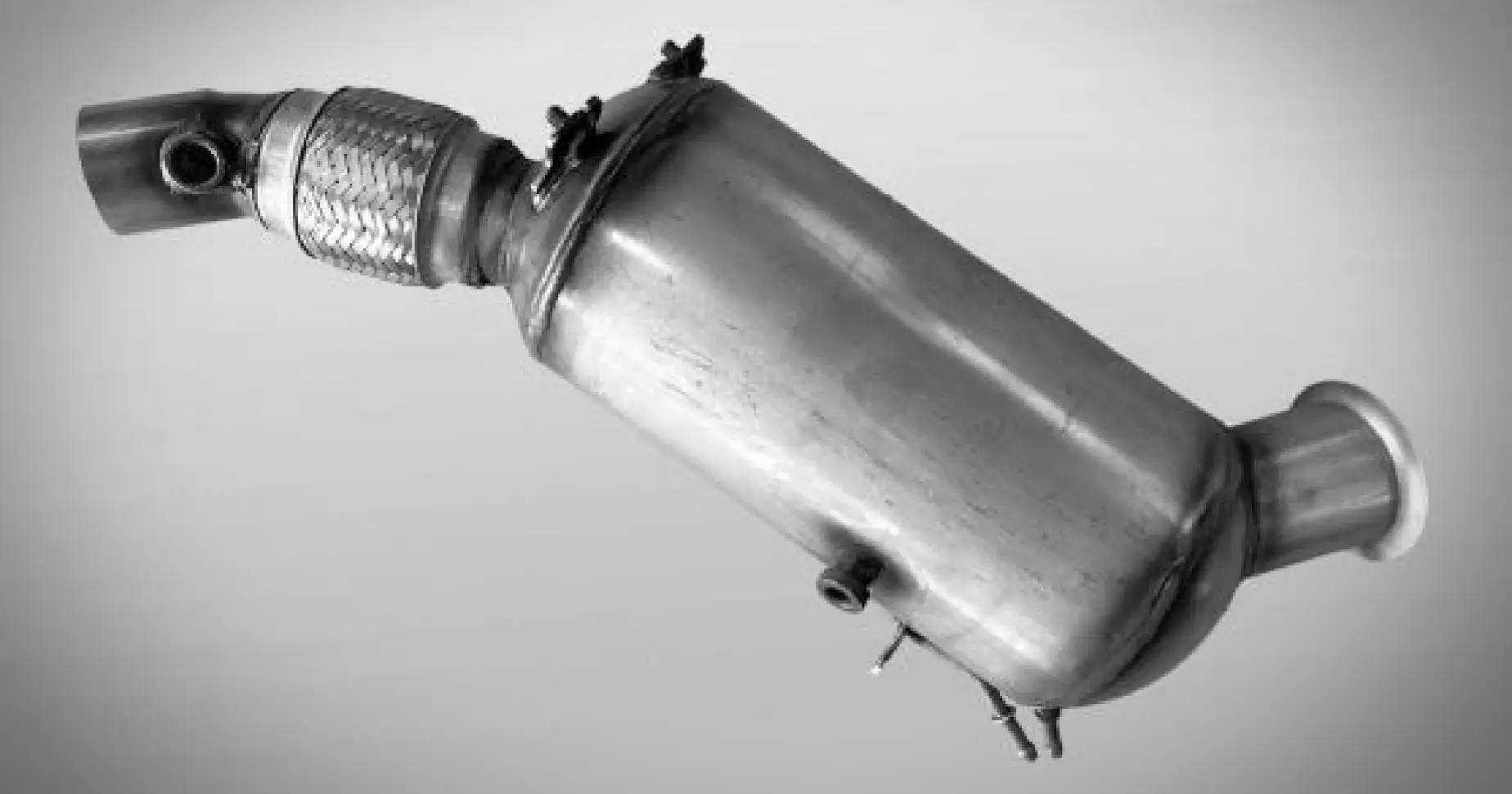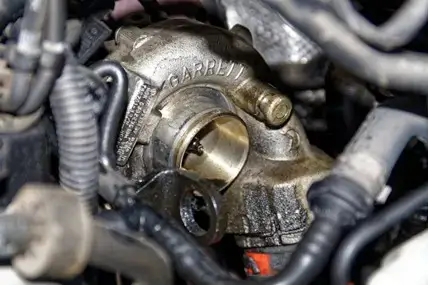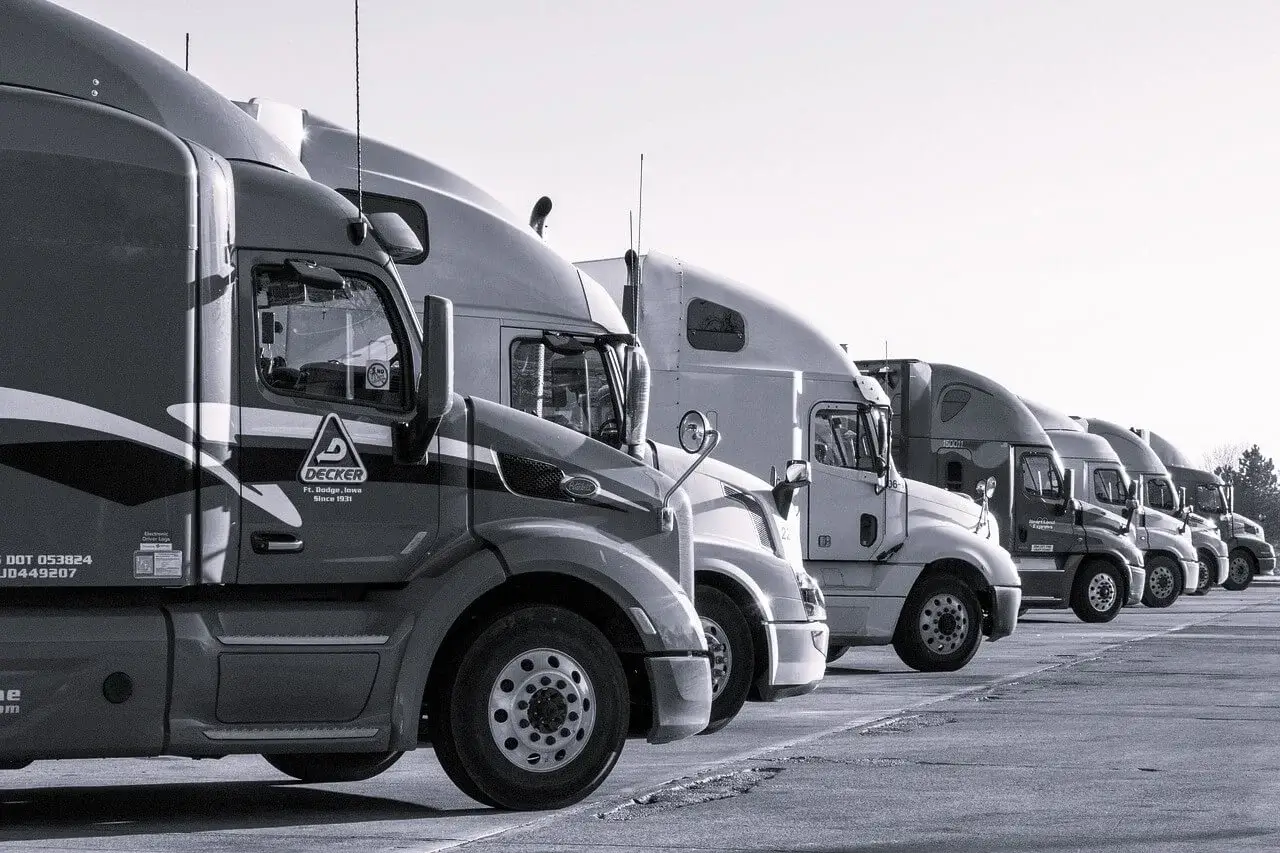
Black smoke, warning lights, increased exhaust emissions, and a choking engine. These are signs your diesel engine is having trouble. Diesel engines are tough, but when the DPF clogs up, even the best ones can struggle. You might be wondering, what is a DPF?
Diesel engines power vehicles on highways, equipment on construction sites, and machines on farms. But without a filter, these engines dump toxic particles into the air. That’s the reason, diesel particulate filters, or DPFs, were invented. These filters are fitted to the exhaust systems of diesel engines. They collect soot and particulate matter in the exhaust system to prevent them from polluting the environment.
That is why every diesel vehicle owner must acknowledge the importance of DPFs and use them in their diesel cars. Curious to know what does a diesel particulate filter do? Don’t stress.
In this blog, we’ll explain what it does, why it’s important, what causes it to clog, and how you can maintain it for better engine health. So keep reading to the end.
Key Takeaways
- Diesel particulate filters (DPFs) are essential for reducing harmful soot and particulate emissions from diesel engines, helping vehicles comply with environmental regulations.
- DPFs trap soot in the exhaust and require regular cleaning through regeneration—passive, active, or forced—to prevent clogging and maintain engine performance.
- Common causes of DPF clogging include frequent short trips, low-speed driving, faulty sensors, and improper engine maintenance, which can lead to warning lights, reduced power, and increased fuel consumption.
- Proper maintenance—such as using low-ash engine oil, timely repairs, and occasional high-speed driving—can extend DPF lifespan and protect both the engine and the environment.
What Is A Diesel Particulate Filter (DPF)?
A diesel particulate filter (DPF) is an emission control filter connected to the exhaust system of diesel vehicles. It traps soot and other particulate matter that is produced in diesel engines. It was invented by the French company Peugeot to meet new emission rules and reduce harmful exhaust fumes. DPFs were first used in passenger vehicles in the early 2000s.
How Does a DPF Work?
DPFs made from ceramic materials like cordierite or silicon carbide have excellent thermal resistance and stability. These are one of the best DPFs that vehicle owners and mechanics prefer. Others include, silicon carbide DPFs, metal fiber DPFs, and cordierite DPFsThey are attached to the exhaust system of diesel vehicles.
A DPF has a honeycomb-like structure inside with tiny channels. These channels have blocked ends at one side. Exhaust gases pass through these channels but the soot gets captured in the filter walls. DPFs can only hold a certain amount of soot after which they get clogged completely. Therefore, they are cleaned through the regeneration process to remove that stuck particulate matter.
Why Are DPFs Important?
Diesel particulate filters are extremely beneficial for the safety of our atmosphere. They filter out the harmful particles produced in the exhaust system of diesel vehicles and do not let them get released into the atmosphere. Even the EPA has insisted it’s use in various diesel vehicles, including trucks, buses, and machines.
An experiment was carried out where a DPF was installed on a high-pressure common rail diesel engine that meets China’s Stage III emission standards. The results were just amazing. The emission of particulate matter dropped by more than 90%. This shows the exceptional benefits of using DPFs in diesel vehicles.
How Does a DPF Regenerate?
DPF regeneration is the process of cleaning out the diesel particulate filter. In this process, the soot or particulate matter that builds up and accumulates in the DPF is removed through the normal combustion process. The filter is heated to a very high temperature by driving the vehicle at higher speeds. Due to this overheating of the exhaust system, the soot burns off and exits the filter channels in the form of ash.

Types of DPF Regeneration
The following are the three types of DPF regenerations:
1. Passive Regeneration
Passive regeneration is one of the types of DPF cleaning that happens automatically during driving. When the vehicle engine gets heated up, the exhaust system also gets hot, and it starts burning off the soot in the filter.
2. Active Regeneration
Engine control unit (ECU) detects the accumulated soot and initiates this DPF cleaning process. ECU sends extra fuel into the exhaust system to increase temperature in the engine and burn the soot. detects too much soot in the DPF. It monitors exhaust temperature, pressure, and flow rate with the help of sensors.
3. Forced Regeneration
Forced regeneration is a manual process done when passive and active regeneration fail. A mechanic or technician uses a diagnostic tool to force the filter to heat up and burn off the built-up soot. In some vehicles, the driver may be able to start this process manually if prompted. A forced regeneration usually takes up to 40 minutes.
Signs That Your DPF Needs Regeneration
A flashing warning light in your car’s dashboard is the first sign that indicates the need for DPF regeneration. The engine may start to respond more slowly than usual. Your vehicle’s fuel consumption may also increase and it may start emitting more smoke than normal.
An unusual smell from your diesel car’s exhaust system is another sign which shows that unburned particles are building up in the filter.
Why Do Diesel Particulate Filters Get Clogged?
This question might be bothering the majority of diesel vehicle owners: Why do the DPFs get clogged? Let’s discuss the causes, symptoms, and DPF cleaning solutions in detail.
Causes of DPF Blockages
There are a few common reasons why your DPF can get clogged:
- Short trips don’t heat the engine enough, so the filter can’t clean itself.
- Driving at low speed for too long keeps the filter too cool to burn soot.
- Broken glow plugs fail to heat the filter, which prevents the cleaning process.
- A bad thermostat keeps the engine cold and blocks cleaning.
- A damaged lambda sensor sends wrong signals and stops regeneration.
- Faulty DPF sensors give bad readings and affect filter cleaning.
- Using the wrong engine oil leaves too much ash and clogs the filter.
Signs of a Clogged DPF
- Your vehicle may not accelerate like it normally does.
- A blocked DPF makes the engine less efficient. You might notice an increase in fuel consumption.
- Dark smoke may start coming out of the exhaust due to improper soot trapping by the DPF.
- A DPF or engine warning light may turn on.
- The vehicle may go into limp mode. This limits speed and power to protect the engine.
How to Clean a DPF?
DPF filter cleaning is quite important to keep your diesel engine healthy and prevent costly repairs. There are two types of methods for cleaning a DPF:
● DIY Cleaning Methods:
You can take your vehicle for a long drive on the highway. Drive it at a steady, high speed to heat up the exhaust, which will burn off the soot stuck in the filter. You can also use a DPF cleaner or a cleaning additive to speed up the regeneration process. Just pour it into your fuel tank, and it will help remove soot even when the engine isn’t very hot.
● Professional Cleaning Methods:
Sometimes a DPF gets badly clogged, and even the passive regeneration process does not unclog it. In such a case, you need to hire a mechanic who will perform a forced regeneration using special diagnostic tools.
You can also do it by yourself. Drive at a steady 2,000 RPM for about 30 miles. If you’re using an automatic, switch to sport mode and choose the gear manually to hold the RPM. This way, the exhaust system will get hotter, and the build-ups will be converted to ash. Ultrasonic cleaning can also be performed where high-frequency sound waves are used in a special liquid to shake loose trapped soot and ash from the DPF.
Best Practices for DPF Maintenance
If you’re not a mechanic, you don’t need to stress too much about maintaining the DPF. These are some effective practices that can help you maintain your DPFs for longer:
- Fix any engine problems quickly to avoid DPF trouble.
- Do not modify your engine or exhaust system because it can harm the DPF.
- Use low-ash engine oil to prevent the buildup inside the filter.
- Make sure DPF sensors and the EGR system are working properly.
- Stick to the service schedule recommended by your vehicle’s manufacturer.
FAQs (Frequently Asked Questions)
How much does it cost to replace a diesel particulate filter?
Answer: Replacing a diesel particulate filter can cost between $300 and $1,000 or more. The price may vary depending on the type of vehicle you have and the engine structure. Accessing a DPF in some vehicles can be difficult due to a complex engine layout, so mechanics may charge more for the extra effort required to replace it.
How often does a diesel particulate filter need cleaning?
Answer: It mostly depends on the vehicle type, driving habits, and road conditions. On average, a diesel particulate filter needs to be cleaned around every 100,000 miles. In some cases, it might be sooner if it gets clogged. Some signs also indicate that your DPF needs cleaning, such as a loss of power, increased fuel use, black smoke from the exhaust, or a warning light on your dashboard.
What happens if I don’t clean my DPF?
Answer: If you ignore cleaning your DPF, it will start to clog up with soot. Eventually, the flow of exhaust will get blocked, and your vehicle’s engine will feel the load. Your diesel vehicle may start losing power, consuming more fuel, and even the warning lights may begin flashing. The engine and the exhaust system can get damaged over time, and you may eventually have to bear heavy repair costs.
How do I know if my DPF needs regeneration?
Answer: You’ll know your DPF needs regeneration when it starts to get blocked with soot. A warning light may turn on on your dashboard. You might also notice the engine losing power, your vehicle using more fuel than usual, a slight change in its sound, or a strange smell. Most of the time, the filter cleans itself during normal driving, especially when you’re driving at higher speeds, usually around 40 mph.
What is the lifespan of a diesel particulate filter?
Answer: A diesel particulate filter can last over 100,000 miles. In many cases, it can last even longer if you take good care of your vehicle and ensure regular maintenance. If you service it regularly, use the correct engine oil, and drive properly, it can extend the filter’s life.
Is a DPF mandatory for all diesel vehicles?
Answer: Since 2007, the EPA has required most new diesel trucks and heavy-duty vehicles to have a DPF. It’s a legal requirement, not just an option. If a DPF is removed or missing, the vehicle may not pass inspection, and the owner can face fines. It can also cause problems with insurance, as some policies become invalid if the DPF has been taken out.
Out of Fuel? We’re On Our Way
24/7 emergency diesel delivery to get you back on the road.
Get Quick Diesel Supply and Expert Support from Fuel Logic
Using clean, high-quality diesel is important to keep your DPF working properly and your emissions under control. If you have questions about fuel types, additives, or diesel delivery schedules, our fuel experts are ready to help.
Fuel Logic delivers diesel, gas, and DEF to businesses at various locations in the U.S.
Our fuel delivery services are available 24/7.
Give us a call to order fuel or speak with our team. Need quick answers?
Check out our FAQ section anytime.








